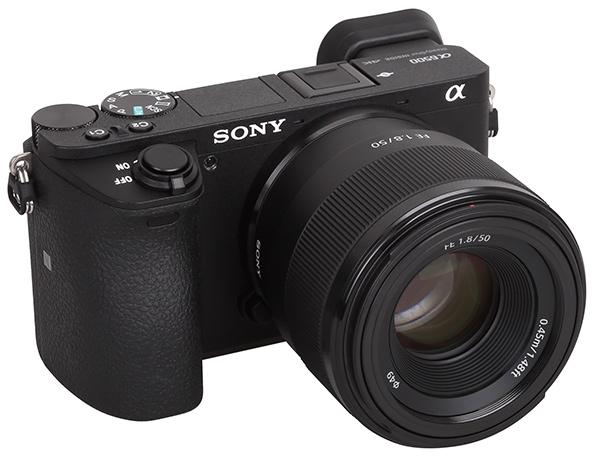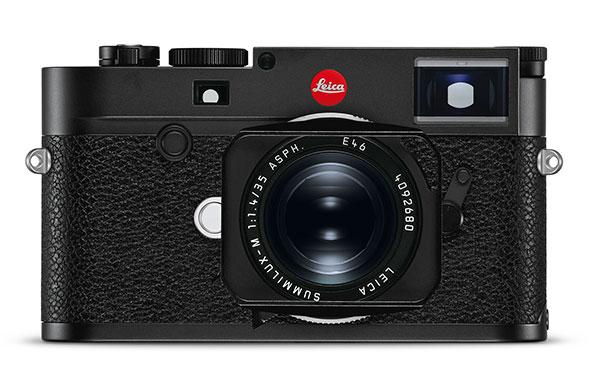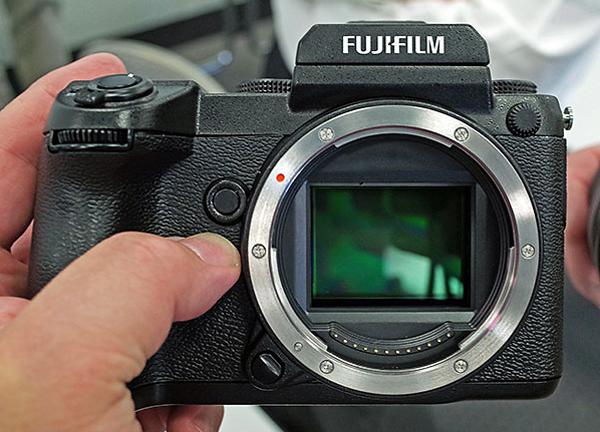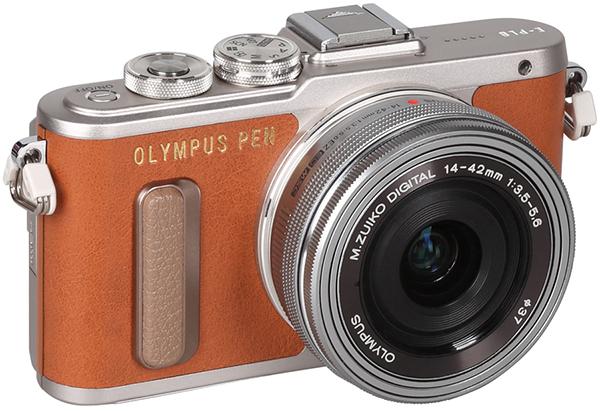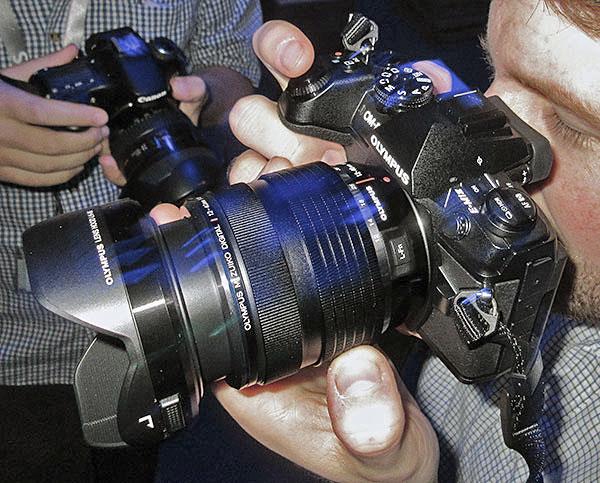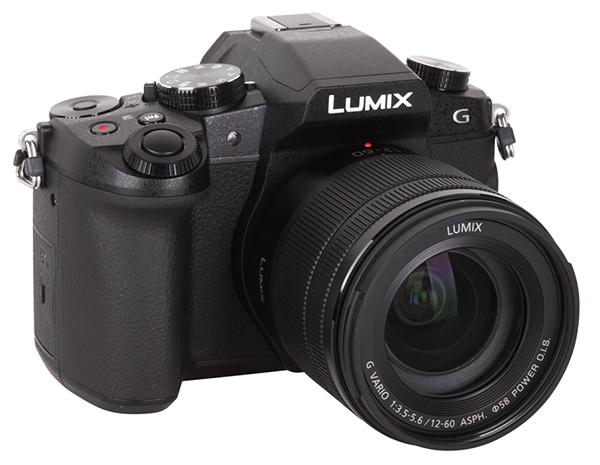Mirrorless Camera Reviews
Sort By: Post Date TitlePublish Date
|
Apr 28, 2017 |
|
Apr 25, 2017 |
|
Apr 12, 2017 |
|
Apr 06, 2017 |
|
Feb 24, 2017 |
|
Jan 18, 2017 |
|
Jan 03, 2017 |
|
Dec 28, 2016 |
|
Dec 23, 2016 |
|
Nov 11, 2016 |
|
Nov 01, 2016 |
|
Oct 28, 2016 |
|
Oct 06, 2016 |
Compact Camera NewsCompact Camera ReviewsDrone NewsDrone ReviewsDSLR NewsDSLR ReviewsLens NewsLens ReviewsLighting NewsLighting ReviewsMedium Format Camera NewsMedium Format Camera ReviewsMirrorless Camera NewsMirrorless Camera ReviewsNewsPhoto Accessory NewsPhoto Accessory ReviewsPhoto Paper NewsPhoto Paper ReviewsPrinter NewsPrinter ReviewsSoftware NewsSoftware ReviewsVideo Camera NewsVideo Camera Reviews
